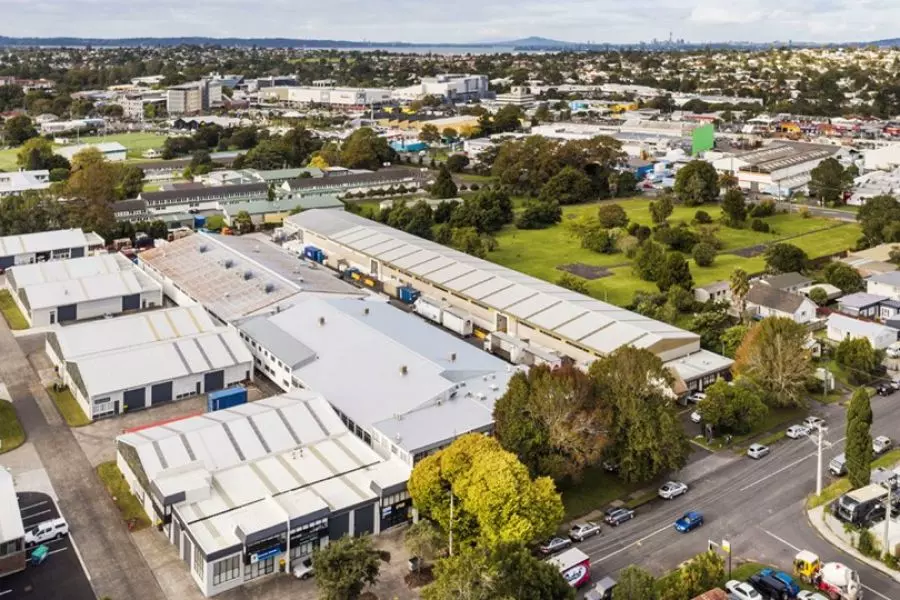
News
Industrial buildings: Adapt or fail

Wednesday 11th of August 2021
JLL’s latest research report – A Sustainable Future – Industrial in New Zealand – says for many businesses, the extent to which they and their corporate real estate partners invest in features which improve environmental, social and governance (ESG) standards is becoming an increasingly important consideration.
Tenants are likely to increasingly demand s...
Want to read the full article?
Click the button below to subscribe and will have unlimited access to full article and all other articles on the site.





![[The Wrap] Bye Bye Bayly](https://goodreturns.publit.io/file/c_fill,w_900,h_600/39f23ac1-f7c7-4854-b700-a150004ebbac.webp)


